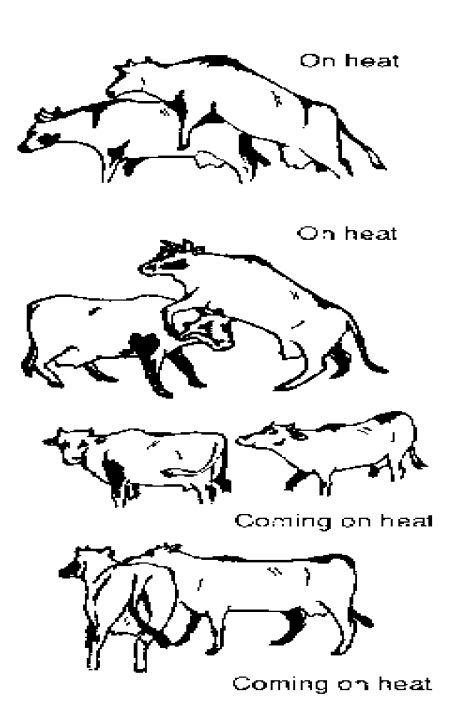Temporary acclimatization has to do with animals adaptation to or tolerance to, a short duration of heat stress rather than to more moderate continuous heat stress. Temporary acclimatization effect of the heat stress.
The wide changes in heat stress between the day and night in three dry zone and between seasons of the year readily prepare animal to acclimatize and adapt easily.
Permanent acclimatization to climate stress may be due to changes in the behavior of the animal or to changes in physiological relations that may or may not be inherited.
Natural or artificial selection for morphological characteristics that assist the animal to acclimatized may be needed for permanent acclimatization such changes in behavior of domestic livestock ought to form good management aims and indicators to facilitate the adaptation.
Common adaptive behaviors to heat stress by tropical livestock include sluggish movement to reduce muscular heat production.
Raising of the wings among poultry to allow for air circulation and heat loss; tendency of livestock to graze at night and more often seek to stay under shade in the hot day; drinking of large volume of water; slow rate and reduce consumption of feed; pigs Walloons in water ponds or moist environment and often stretch themselves in lying position.
Read Also: The Complete Classification of Crops

Physiological adaptation to tropical environment on the other hand are several and, often, not easily observed. These include:
. Decreasing the body metabolic rate and varying the body temperature
. Varying coaster turnover (loss) by concentration of waste products in urine to conserve body water.
. Recycling of urea in the saliva conserve nitrogen in period when forage in lacking
. Varying tolerance to salt concentration in drinking water
. Decreasing certain hormonal activity, for example, the thyroid and adrenal hormones
. Panting or reduction of body heat through the short and quick breath.
There are also morphological adaptation or characteristics that help to achieve environmental acclimatization especially to temperate animal to tropical condition. These include:
. Possession of large skin area in relation or live weight especially develop or large comb
. Skin pigmentation, with short and light colored hair to reduce heat and light radiation absorption
. Tendency to have thin layer of subcutaneous fat deposit
. Possession of long leg by Desert sheep or goats to cover long distance in search of feed and water.
Most adaptation features are derived from natural selection and they often form the basis for ultimate development of a new and more adapted breed or strain with minor manipulation by man, as the manager.
Breeding of animal for higher productivity must recognize important adaptive traits that may help to achieve good performance.
Similarly, importation of livestock from a distinct environment to another need to take into consideration adaptation to major climatic factors and disease and parasite criteria, feed situation, prices of inputs and products as well.
Related: Advantages of Continuous Cropping as a Type of Cropping System
